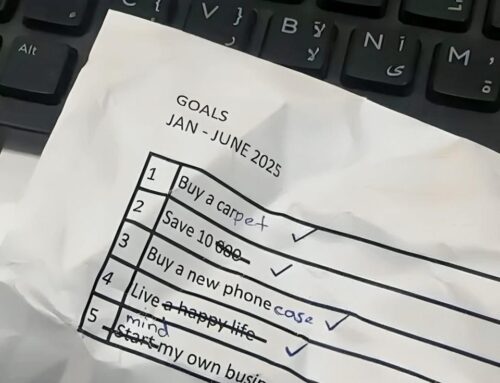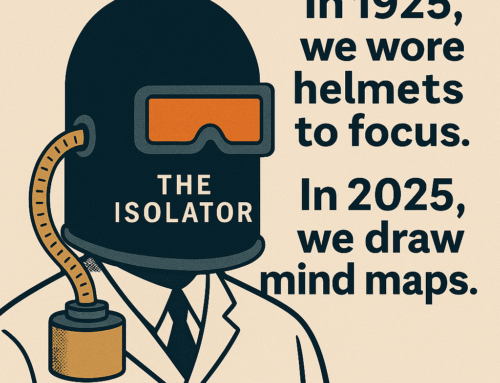We always have a few goals and dozens of tasks to meet those goals. Some of the tasks progress smoothly, but some appear to not move, which are the proverbial frogs in our plate. There are these three strategies to make progress on them:
- split
- split more
- split some more
It might sound like an overstatement but most of the tasks or projects appear hard just because we hesitate to split them down into a bunch of sub-tasks that are readily doable. The whole task may look loathsome but not necessarily the subtasks after the split.
This is how it works:
You should always look for opportunities of vertical splitting and horizontal splitting.
Vertical splitting is when you must repeat some activity a few times to complete a task, you split that task into those many subtasks. The best example that I can give you here is about filing tax returns – a hated but important job. At the end of the year, collecting data of the whole year, most of which is already forgotten, to provide to your CA makes it a stressful ordeal. Instead if you split it into monthly data collection sub-tasks, your year end work becomes a non-event.
The horizontal splitting is about dividing a task into the stages. The creativity lies in being able to see those stages that are not always obvious. A task as simple as sending an email can be split into subtasks of drafting it and pushing the send button. This realization enables you to start working on the draft much in advance of the committed sending date.
Once a task is split, you will soon discover that many of the sub-tasks can be delegated, and before you realize a bunch of people start working on your task.
Splitting tasks that are newer to you helps to bring the unknowns to the forefront and once we plan subtasks to resolve these unknowns, the whole task moves ahead. I say this half-jokingly that even the hardest task will have at least one doable subtask – ask Google!
So, next time you are stuck with a stalled task, apply these three, easy to remember ?, strategies.






